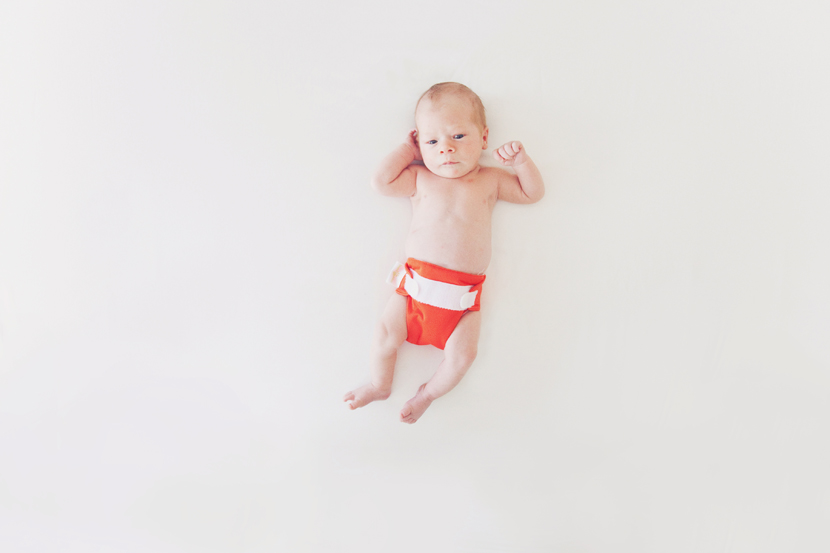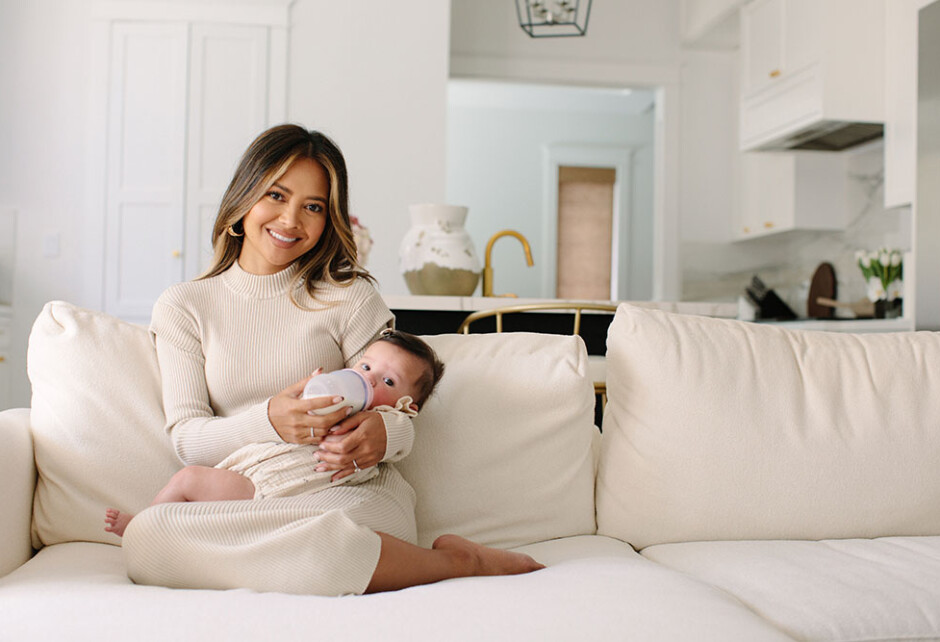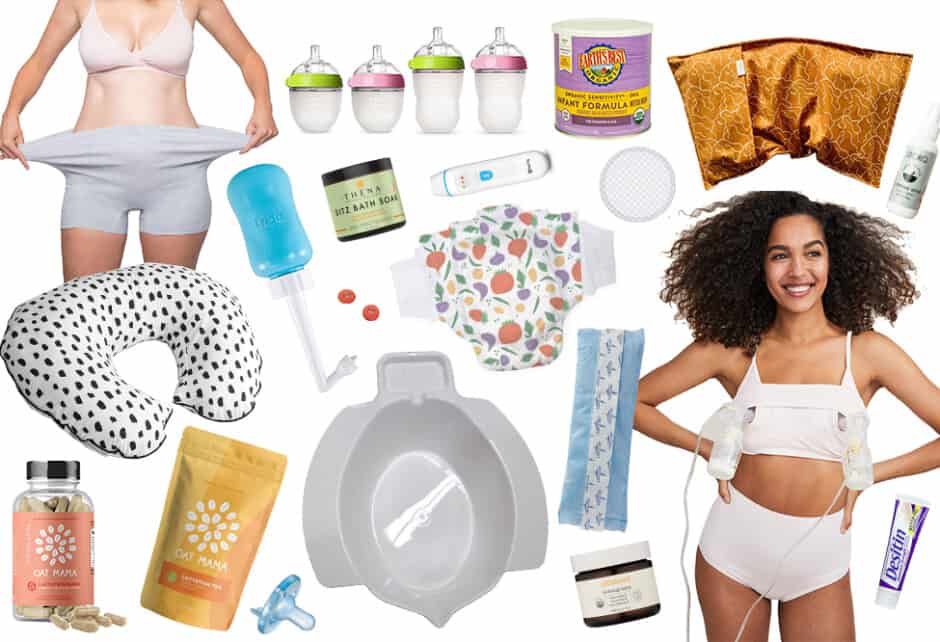
The 411 on Cloth Diapers
Written by Patrice D'Agostino
Photography by Photography by Brooke Schwab
When cloth diapering comes to mind, you may think extra large (and extra sharp!) safety pins and soggy, wet prefolds like your grandma used to use, next to your baby’s precious skin. Well, think again! Cloth diapers have come a long way. The technology and options have changed tremendously, offering a wide variety of types and styles to suit yours and your child’s needs.
Contrary to popular belief, using cloth diapers requires a minimal extra time commitment—take our word for it, we’ve tried them all! While choosing cloth is pricier upfront, over the course of time they are much cheaper than disposables. And yes, the cuteness factor has been elevated, as well! Diapers and diaper covers come in a rainbow of colors and unique patterns, and offer both velcro and snap closures. They are also an environmentally friendly way to keep your bébé clean and dry. We know cloth isn’t for everyone, but if you’re considering giving them a try, they can be a leak-free, and often diaper rash free, cash saving option! Plus, did we mention that cloth diapered babies tend to potty train with a little more ease? So enough about the many perks, here is a guide on the ins and outs of some things you’ll need to know.
The 4 Most Common Cloth Diapering Options
Prefold – When most think of cloth diapering, prefold diapers come to mind. These are your standard rectangle cloth diapers that have been around for ages. These can be folded and secured in various ways, however safety pins are no longer the primary options. New gadgets, such as the Snappi, are quick and simple ways to safely secure these diapers in place. Typically when using a diaper service for laundering, prefolds are the option available to you. These diapers are not waterproof and in addition to using them you must purchase waterproof diaper covers to help prevent leaks. Diaper covers are reusable and can be wiped clean and generally used multiple times throughout the day.
Fitted – Fitted diapers are a similar shape and size to disposable diapers. They are very simple to put on your baby and require no special folding techniques. Like prefolds, fitted diapers are not waterproof and require diaper covers.
Pocket – If you’re looking for the best of the cloth diapering world, pocket diapers are a good option. These diapers are shaped like disposables, are waterproof, and feature pockets for cloth diaper inserts. What actually touches your baby’s bottom, is a soft gentle material on the exterior of the pocket, not the cloth insert themselves. Following each use, the pocket diaper and insert must be placed aside to launder and new diaper and pocket insert are used.
Hybrid – Hybrids combine the world of cloth diapering with the convenience of using disposables. With hybrids, you are able to use both a cloth diaper cover and disposable inserts that are specifically made for these diapers. If you prefer using disposable diapers from time-to-time or are always on-the-go, this option may be for you.
How Many Diapers Do You Need?
If using a laundering service with prefold diapers, it is suggested that you start with 80 diapers. Newborns typically use more diapers than older babies. As your baby ages you can adjust the amount needed. If laundering at home suits you best, it is suggested to have around 24 diapers on hand to allow you to change one diaper per hour. The one-size options will grow with your baby.
When using varieties that require diaper covers, it is suggested to purchase 6 to 8 one-size covers. These are easy to wipe clean throughout the day and can be laundered once or twice weekly.
In any case, a few newborn diapers and/or covers are a good to have on hand for the first few months, when baby is at their tiniest stages.
How Often Should You Wash Your Diapers?
This depends on which type of diapers you are using, but generally speaking, you should wash your diapers daily or every other day. Just pop them in the wash at the end of the day. Each month, however, your diapers will need to be stripped. What this means is you will need to either bleach, or use a natural alternative, to remove tough stains and any strong ammonia-like odors from the diapers. Fun fact: The sun is a natural bleaching agent. If you hang your stained diapers in direct sunlight the stains will be lifted, effortlessly! How cool is that?
Share this story




